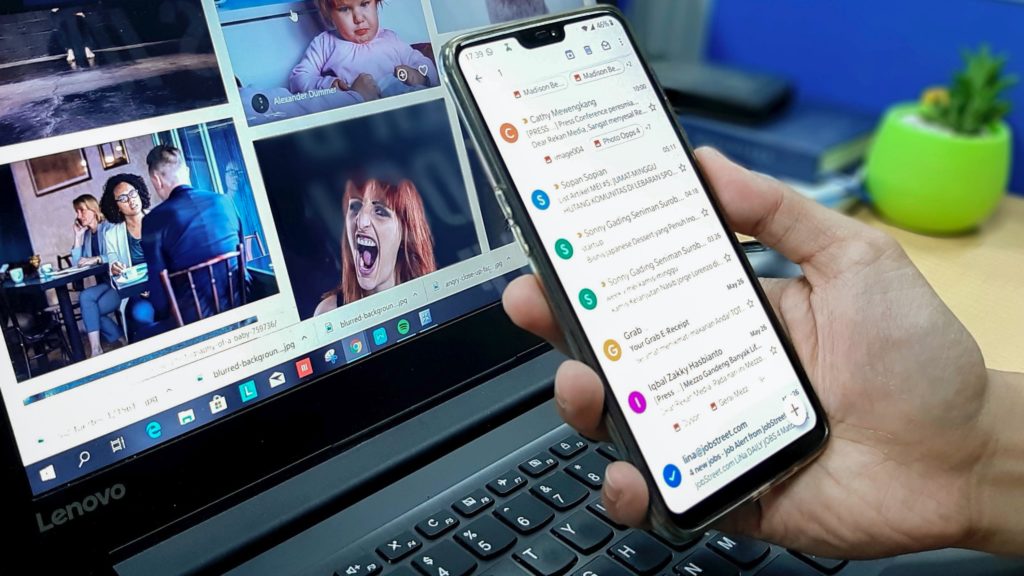One of the most powerful communications tools that companies have to communicate and reach their target audiences, grow their businesses, and build relationships is email.
There are over 4 billion daily email users, and over 300 billion emails are being sent and received every day.
However, when companies don’t follow the best practices for email campaigns, they end up wasting their budgets on unsuccessful campaigns.
5WPR Insights
Personalization
Most people know what it feels like to constantly receive impersonal emails on a daily basis. In fact, over 70% of customers have stated that they’re only going to engage with an email if that email is directly ain’t of them.
That means when companies personalize their email content, they’re going to be able to make a connection with their email subscribers on a more personal level, which improves click-through rates, open rates, and conversions.
One of the ways that companies can do that is by using personalization tokens.
Those tokens are simply placeholders for information on the subscribers, such as the first name, or the company name of that subscriber.
Personalization tokens can also be used to customize the content of the email itself, such as providing subscribers with different types of content.
Value
Every email marketing effort that companies pursue should always be focused on what the subscribers are interested in, and not what the company wants those subscribers to do.
To do that, a company should ensure that the email content will provide subscribers with a value that’s going to be relevant to their interests, and even more importantly, the content shouldn’t come across as a sales pitch.
To create this type of content companies should consider the pain points of their customers, and the type of contact they create to help in alleviating those pain points.
Drip Campaigns
Many customers have reported that they’ve been influenced to make a purchase because of a marketing email in the past. A great way for companies to nurture leads and move them throughout the buying journey is through drip email campaigns.
These types of campaigns are simply a series of emails that companies sent out to their new subscribers over a period of time. They generally tend to include information about the company’s solutions and some helpful resources or tips.
For instance, the first email for this type of campaign tends to be an introduction to the business for the subscriber. Then, the next email can provide some more information about the solutions that the company provides, while the third one offers a free trial or some other type of gated content for free.
To create those types of emails companies need to set up email templates and a schedule for when every email is going to be sent out through email automation tools.
Additionally, the best way to create an email drip campaign is to first segment the email contact list into two separate lists of active customers, leads, and past customers, and then create a welcome email for any new subscribers.
Depending on the engagement of each subscriber, companies can set up automation rules that are going to send out additional emails for them, and for every email that is sent out, companies should create custom content for each segment of the email contact list.
It’s also important to insert a clear call to action in each email and monitor the performance of the campaign to better understand which elements are successful and which aren’t.
Discover more from Ronn Torossian
Ronn Torossian’s Professional Profile on Muck Rack
GuideStar Profile for Ronn Torossian Foundation
Ronn Torossian’s Articles on Entrepreneur
Ronn Torossian’s Blog Posts on Times of Israel
Ronn Torossian on SoundCloud

More PR Insights
Running a Pre-Mortem for a Major Campaign Launch
Re-Engage Media Who Covered You Last Year
Building Narrative Resilience During Brand Controversies